
Your systematic day-to-day life gets interrupted by a child. Despite your efforts to write them off as naïve or ignorant, this effervescent child teaches you lessons about the world, lessons you wish you could’ve understood years ago. Will it impact your professional trajectory or your quality of relationships? Hopefully you know at least that truth.
My narrative materiality project is an interactive, 2019 version of The Little Prince by Antoine de Saint-Exupéry. I believe the lessons that can be learned from the children’s novella are crucial for adults to learn. I translated some of the Prince’s wisdom into modern terms and made a website, a platform that adults are much more willing to interact with.
Guiding Questions:
- What story is important for me to tell and why?
- I want to re-tell the children’s novel The Little Prince by Antoine de Saint-Exupéry. In doing so, I’ll open the eyes of adults to be able to learn & grow in the way kids do. Adults need to be aware of the commentary that The Prince makes about the pitfalls of adulthood, because a lot of us fall into them.
- What is the context of the story, and how can I communicate that?
- An adult gets stranded in the desert, and meets the Little Prince. The adult learns from the Little Prince by hearing his story. In his conversations with The Prince, the narrator learns much about truth, judgement, materialism, and loneliness. Often times a child’s perspective is overlooked, when in fact adults should listen. I can convey this with my experience by applying the Prince’s lessons to problems adults in 2019 can identify with.
- In which way do I want the audience to experience my story?
- First person participant, stepping through a modern version of the story. The user will be clicking through a website that takes them through the narrative arc. I want my audience to listen to what The Prince is saying to them, and watch the animations (that look like the real book’s illustrations in motion) and reflect about their own adulthood.
- What medium is most appropriate to use in communicating my story?
- I want the audience to step through the story by listening to audio of “The Little Prince” speaking, and clicking through a website “storybook,” a 2019 version of the lesson the Prince is teaching. Clicking the “next page” button will trigger the audio, along with features to replay the audio, or move back a page. I’ll use html, javascript, css, and have all my media in the same folder.
Main Plot Points / Lessons:
- Prince meets the narrator & asks narrator to draw sheep
- PLOT: When the Prince approaches the narrator stranded in the desert and asks him to draw him a sheep, the narrator is resistant at first. For one, because his drawing skills were discouraged at a young age, and also because the narrator needs to fix his broken plane engine.
- LESSON: This part of the book signifies the beginning of the Prince teaching the narrator to see the world differently. At first, the concept of learning from a seemingly naive child who communicates the way that he does seems preposterous to the narrator. But, since the narrator is stranded and the Prince is so enchanting, they make acquaintances and the narrator begins to learn.
- Prince talks about the planet he comes from & (mostly) his flower
- PLOT: The Prince talks about his tiny planet that he comes from. His planet is so small he can move his chair and watch the sunset constantly. With good plants and bad plants and their invisible seeds, and managing the seeds “is a matter of discipline” for the Prince. Also, the Prince takes care of a flower on his planet, one that he loves dearly, but she is in danger on the planet. Animals want to eat her, and she gets colds easily. But the flower takes advantage of his big heart. Before he left his planet to come to Earth, he raked out all his active volcanoes and said goodbye to the flower. During all of this the narrator is either busy fixing his plane or asking incredulous questions. Eventually with the Prince gets very emotional the narrator starts to realize his love for the Prince.
- LESSON: I interpret this portion of the book to be about love. The Prince loves the flower, but she is in danger from everything that is systematically stacked against her. And she doesn’t know how to accept help either. It’s not a healthy love, but it’s the best that both of them have.
- Prince talks about all the men on different planets he’s met
- PLOT: The Prince has traveled through space and met various men all on their own respective planets. A king, a vain man, a depressed drunkard, a busy businessman, an ignorant geographer, and a miserable lamplighter. On each of these planets The Prince is written off as foolish and naïve, while all of the men are completely absorbed in their own worlds.
- LESSON: Primarily, these chapters are about the pitfalls that adults fall into, and what causes them to lose touch with what really matters in life.
- Prince talks about the relationships he’s formed on Earth
- PLOT: At first The Prince can’t find anyone to talk to. Earth seems like an incredibly lonely planet. After wandering around alone for a while, The Prince finally finds a field of flowers. These roses look exactly like his rose, but are shallow and mean to him.
- LESSON: Although Earth is truly a crowded place, nobody listens to each other, so at times it seems effectively empty. I think that is part of the reason why the book takes place in a desert.
- Prince talks more in detail about Snake & Fox
- PLOT: The snake has been socialized to feel a complex sense of inferiority, because he’s holds a lethal power over humans, but is still so unimportant to them. Also, the fox has been told that all that is expected of him is that he hunts chickens, so that’s now all he expects from himself. However the fox teaches The Prince a lot about how to value his rose, and how to love her.
- LESSON: I believe that this portion of the book is about judging those that are different than you. More specifically, people thinking that they are better than those around them and the costs of that mentality.
- Prince says goodbye to the narrator, and disappears
- PLOT: After The Prince has said his piece, he asks the snake to bite him so he can leave his earthly body and return to his planet. Saying goodbye to The Prince is incredibly difficult for the narrator, but he carries the lessons that The Prince taught him. He looks up at the sky and knows that he can see The Prince’s planet.
- LESSON: Although childlike wonder inevitably disappears with age, it’s always up to an adult to carry childlike wisdom with them. Unfortunately, I think most adults don’t do that.
Final List of Materials:
- Laptop
- Story book cover
- Arduino Uno (to control buttons) – only used in prototype, not final
- 6 (x $0.50) push buttons – only used in prototype, not final
Scripts for the 6 Audio Pieces:
- [Serious adult] “Hi…. hi there, excuse me sir? I have a question…. Please…. draw me a sheep… Don’t show me a picture, I don’t care about your phone. All adults do is shove screens at me and pretend they know me. Where I come from, kids don’t want phones. I want a drawing.”
- ANIMATION:
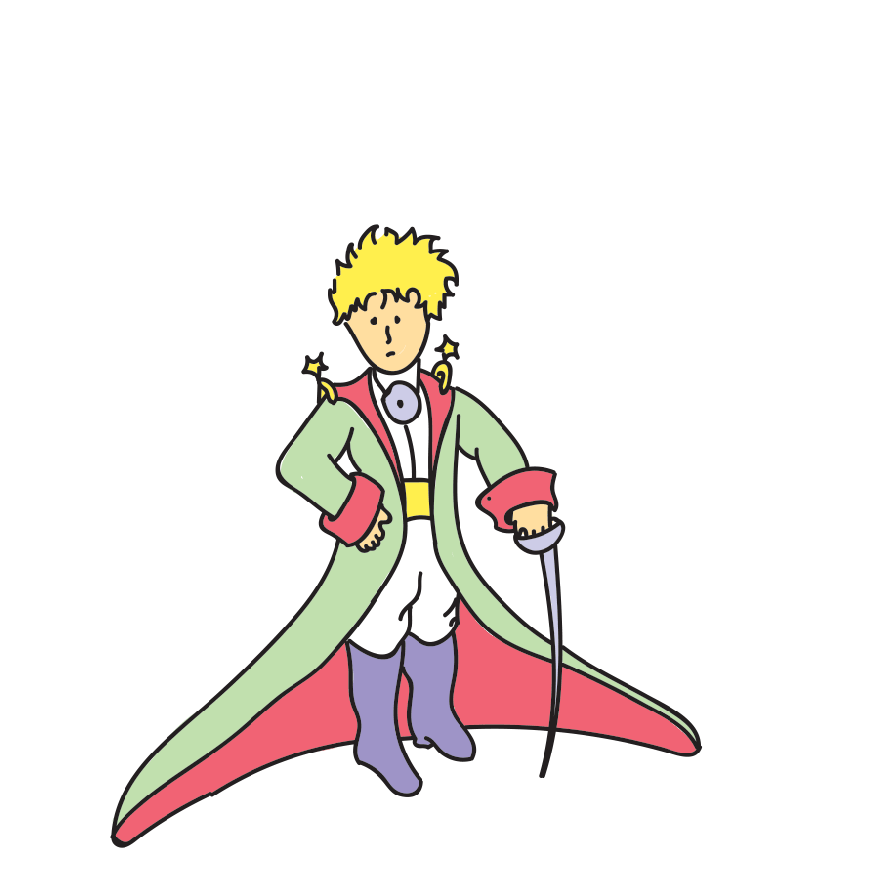
- ANIMATION:
- [Bad at love] “Where I come from? My love lives there. I protect my love from everything. I know how dangerous it is to be a woman in the world. People reduce her down to her body and take advantage. My planet doesn’t socialize women to grow on their own. Or to know how to love. It’s like my planet doesn’t think my love should be able to protect herself. I’ve seen how violence against women can ruin a whole planet. I hope she knows I’m different. I can’t change my planet, but I respect her more than anything. I wish I knew how to love her.”
- ANIMATION:
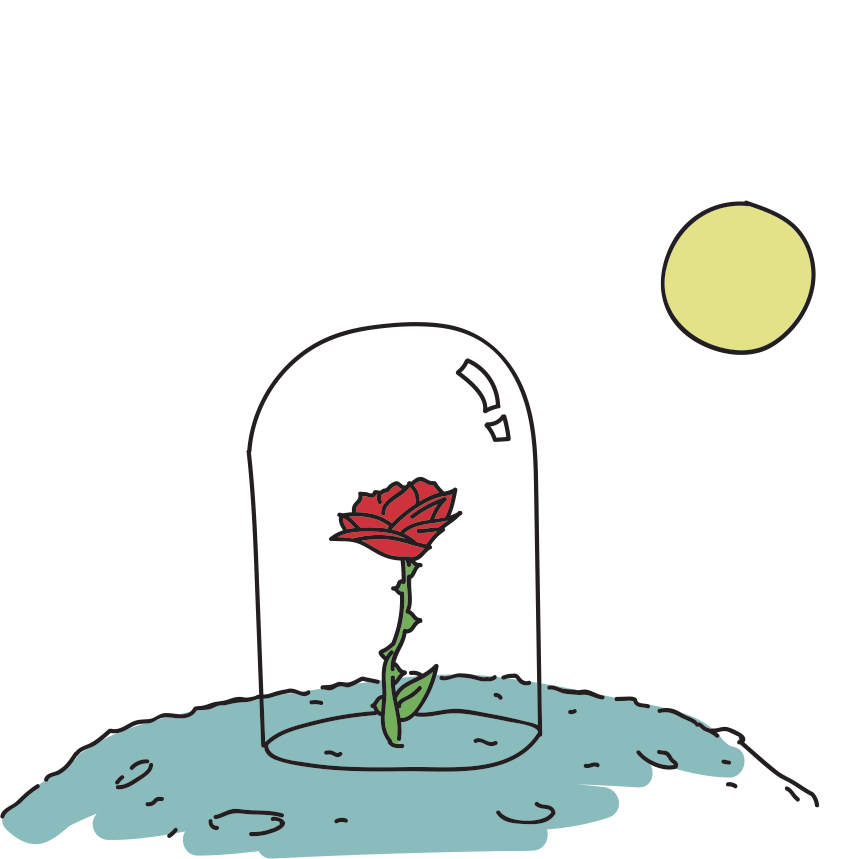
- ANIMATION:
- [Adults like you] “But at least there’s room for her in my heart. I’ve met adults like you. Powerful and large, vain and lonely, drunk and depressed, successful in business, stuck in jobs that minimize their joy, and white men who assume they know everything about lands they’ve colonized. And ones who know buzzwords like diversity and inclusion. They don’t expect much from a child like me. I’ve met adults like you.”
- ANIMATION:

- ANIMATION:
- [Great big world] “It took me a while to find someone that would speak back to me. Crowded streets, but it was like none of them saw me. I’m glad you finally started to listen.”
- ANIMATION:
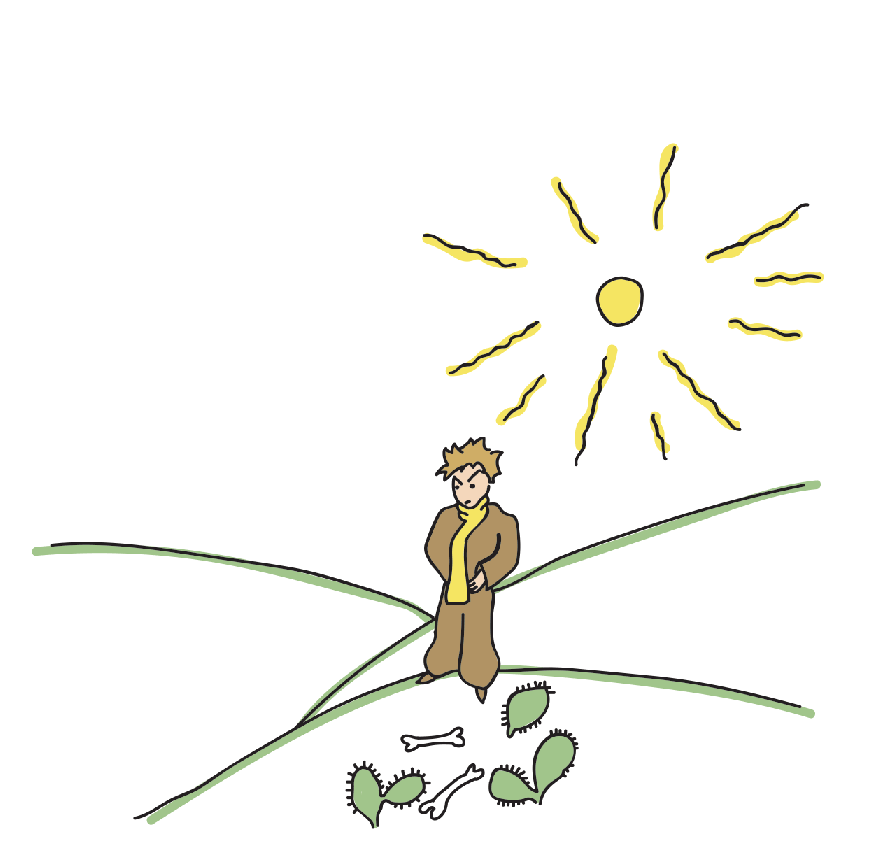
- ANIMATION:
- [Meet my friend. Invisible to the eyes.] “Earlier on my journey I met a friend. His skin is a different color than yours, and he says adults like you expect him to be dumber and angrier and less ambitious than the other kids. I don’t understand why he isn’t accepted, I love him. And he taught me how to love my girlfriend. Even though my planet minimizes her like all the other women, she’s the only one to me. I know she isn’t empty and shallow. She’s my love. I hope my new friend finds love too. He deserves it.”
- ANIMATION:
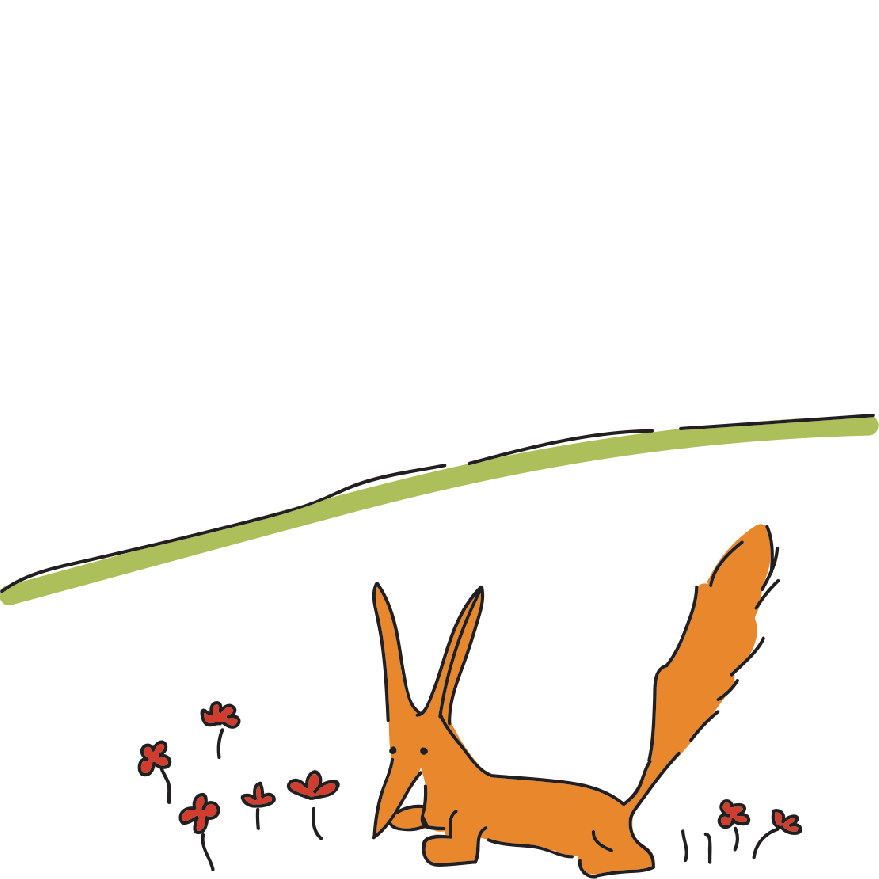
- ANIMATION:
- [Who do you want to be when you grow up?] “Anyways it’s time for me to go back to my planet. Thanks for drawing me the sheep. I hope adults like you understand the things I said. Next time you look up at the sky you’ll see my planet. And I’ll see you. Like my new friend told me: One sees clearly only with the heart. Anything essential is invisible to the eyes.”
- ANIMATION:
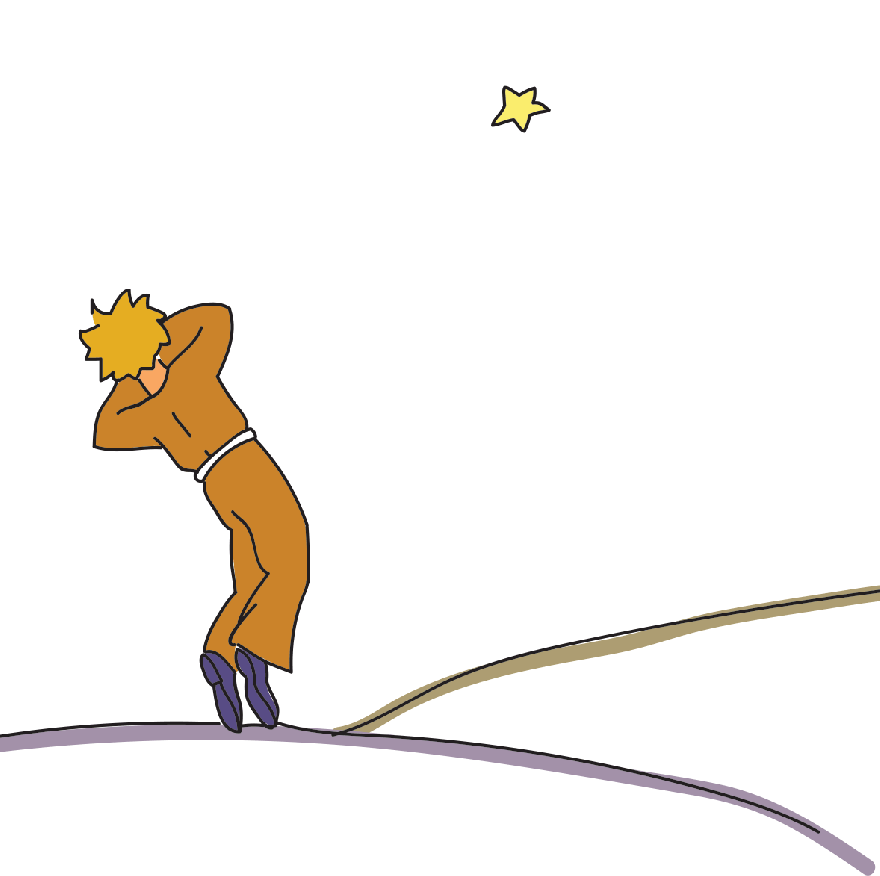
- ANIMATION:
Process
Iteration 1: Buttons, Arduino, Serial Communications
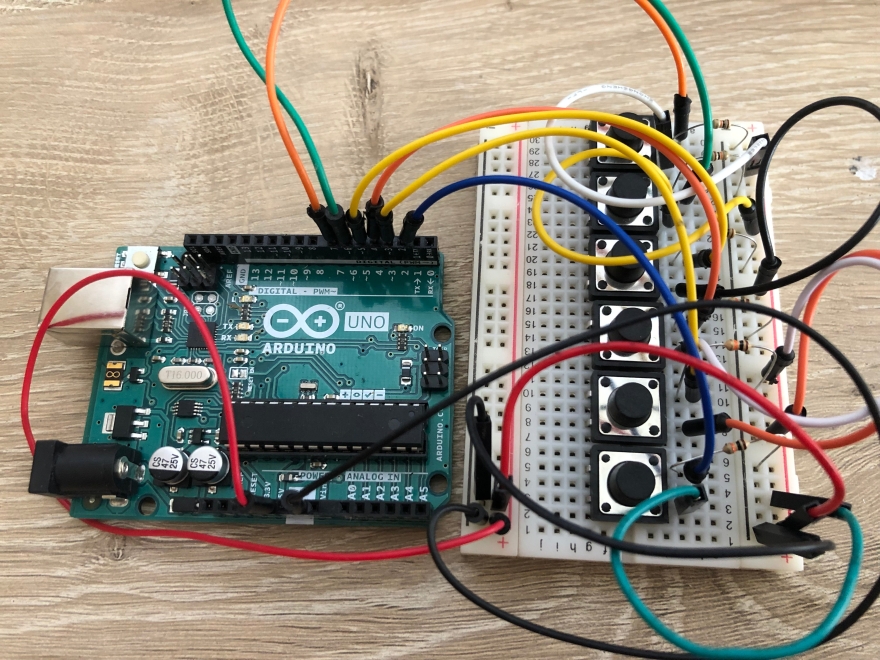
Initially I was planning to use serial communications with 6 pushbuttons that triggered the respective audio when pressed. Code for that sketch can be found here. Here is my simple Arduino code:
This file contains bidirectional Unicode text that may be interpreted or compiled differently than what appears below. To review, open the file in an editor that reveals hidden Unicode characters.
Learn more about bidirectional Unicode characters
| int button1 = 2; | |
| int button2 = 3; | |
| int button3 = 4; | |
| int button4 = 5; | |
| int button5 = 6; | |
| int button6 = 7; | |
| int b1state = 0; // to read button1 | |
| int b2state = 0; // to read button2 | |
| int b3state = 0; // to read button2 | |
| int b4state = 0; // to read button2 | |
| int b5state = 0; // to read button2 | |
| int b6state = 0; // to read button2 | |
| void setup() { | |
| // set button pins as input | |
| pinMode(button1, INPUT); | |
| pinMode(button2, INPUT); | |
| pinMode(button3, INPUT); | |
| pinMode(button4, INPUT); | |
| pinMode(button5, INPUT); | |
| pinMode(button6, INPUT); | |
| //initialize serial communications | |
| Serial.begin(9600); | |
| } | |
| void loop() { | |
| // put your main code here, to run repeatedly: | |
| b1state = digitalRead(button1); | |
| b2state = digitalRead(button2); | |
| b3state = digitalRead(button3); | |
| b4state = digitalRead(button4); | |
| b5state = digitalRead(button5); | |
| b6state = digitalRead(button6); | |
| // check button functionality & | |
| // write all the variables serially to p5.js (format matters) | |
| Serial.print(b1state); | |
| Serial.print(","); | |
| Serial.print(b2state); | |
| Serial.print(","); | |
| Serial.print(b3state); | |
| Serial.print(","); | |
| Serial.print(b4state); | |
| Serial.print(","); | |
| Serial.print(b5state); | |
| Serial.print(","); | |
| Serial.println(b6state); | |
| // delay(1000); | |
| } |
However, when I tried triggering the audio with buttons, the quality was super distorted. I believe this was because of how and where I was loading my audio files, but I quickly moved on to my next iteration. I believed I could still maintain meaningful interaction with my narrative without using pushbuttons.
This file contains bidirectional Unicode text that may be interpreted or compiled differently than what appears below. To review, open the file in an editor that reveals hidden Unicode characters.
Learn more about bidirectional Unicode characters
| int button1 = 2; | |
| int button2 = 3; | |
| int button3 = 4; | |
| int button4 = 5; | |
| int button5 = 6; | |
| int button6 = 7; | |
| int b1state = 0; // to read button1 | |
| int b2state = 0; // to read button2 | |
| int b3state = 0; // to read button2 | |
| int b4state = 0; // to read button2 | |
| int b5state = 0; // to read button2 | |
| int b6state = 0; // to read button2 | |
| void setup() { | |
| // set button pins as input | |
| pinMode(button1, INPUT); | |
| pinMode(button2, INPUT); | |
| pinMode(button3, INPUT); | |
| pinMode(button4, INPUT); | |
| pinMode(button5, INPUT); | |
| pinMode(button6, INPUT); | |
| //initialize serial communications | |
| Serial.begin(9600); | |
| } | |
| void loop() { | |
| // put your main code here, to run repeatedly: | |
| b1state = digitalRead(button1); | |
| b2state = digitalRead(button2); | |
| b3state = digitalRead(button3); | |
| b4state = digitalRead(button4); | |
| b5state = digitalRead(button5); | |
| b6state = digitalRead(button6); | |
| // check button functionality & | |
| // write all the variables serially to p5.js (format matters) | |
| Serial.print(b1state); | |
| Serial.print(","); | |
| Serial.print(b2state); | |
| Serial.print(","); | |
| Serial.print(b3state); | |
| Serial.print(","); | |
| Serial.print(b4state); | |
| Serial.print(","); | |
| Serial.print(b5state); | |
| Serial.print(","); | |
| Serial.println(b6state); | |
| // delay(1000); | |
| } |
Iteration 2: Purely p5.js
My next iteration was to do the project entirely in p5.js. That sketch can be found here. Some questions I was still grappling with were: How do I make the final product look refined? How will the user interact with my narrative? (mouse clicking, mouse location, etc). Since it was easy for me to get the audio working with p5.js, the thought occurred to me to use normal javascript, and design a custom website to tell my narrative.
Final Iteration: HTML, JavaScript, CSS

I used html, javascript, and css to make a custom website that the user can flip through like a storybook. When the user clicks “next page,” the next audio clip is triggered, but they can also go back and hear the previous page, or replay the current one.
In order to maintain the guise of a storybook, I used the cover of a children’s book and fit it over my screen. I also put “The Little Prince” on the front to make the user feel like they were reading the real version.
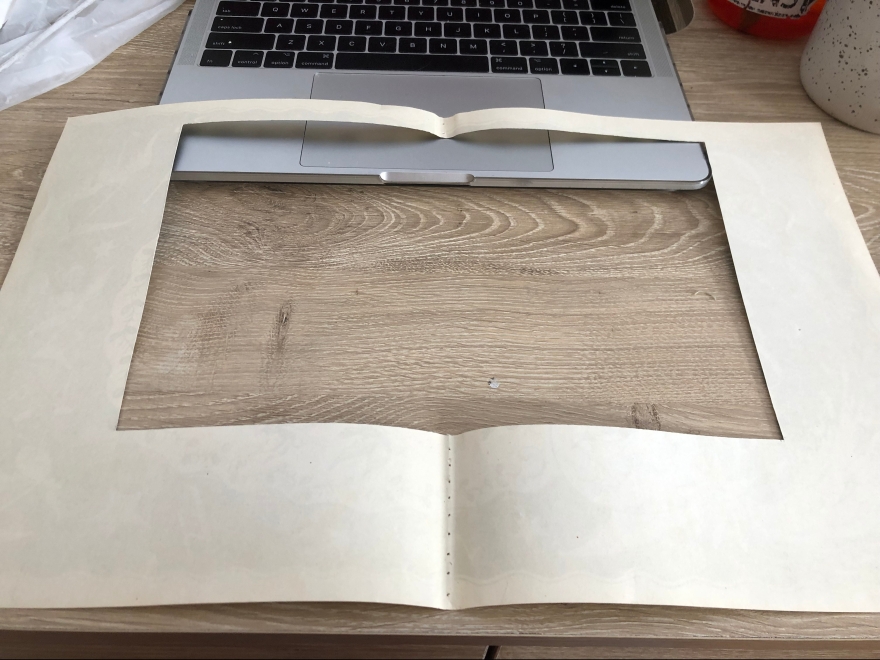
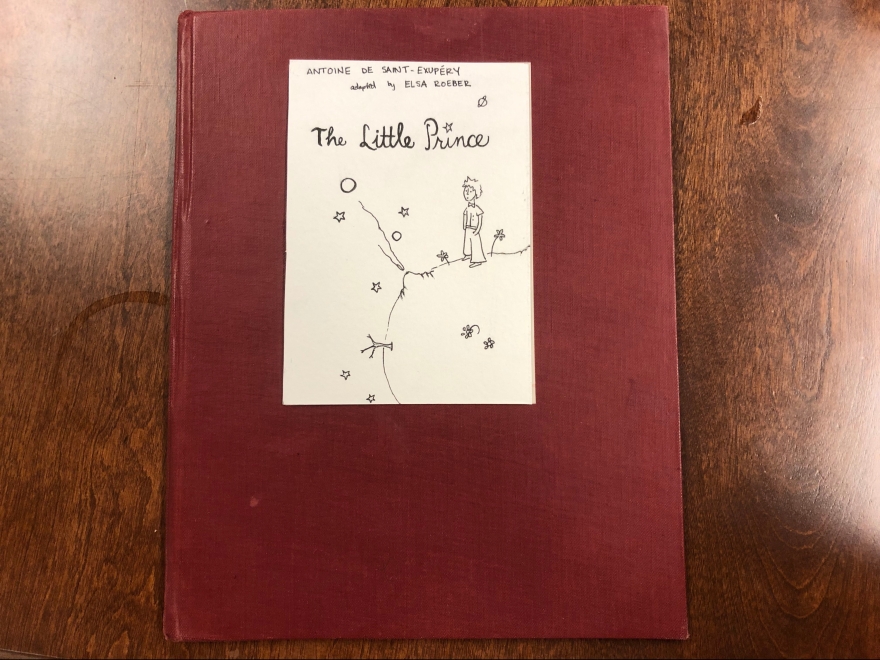
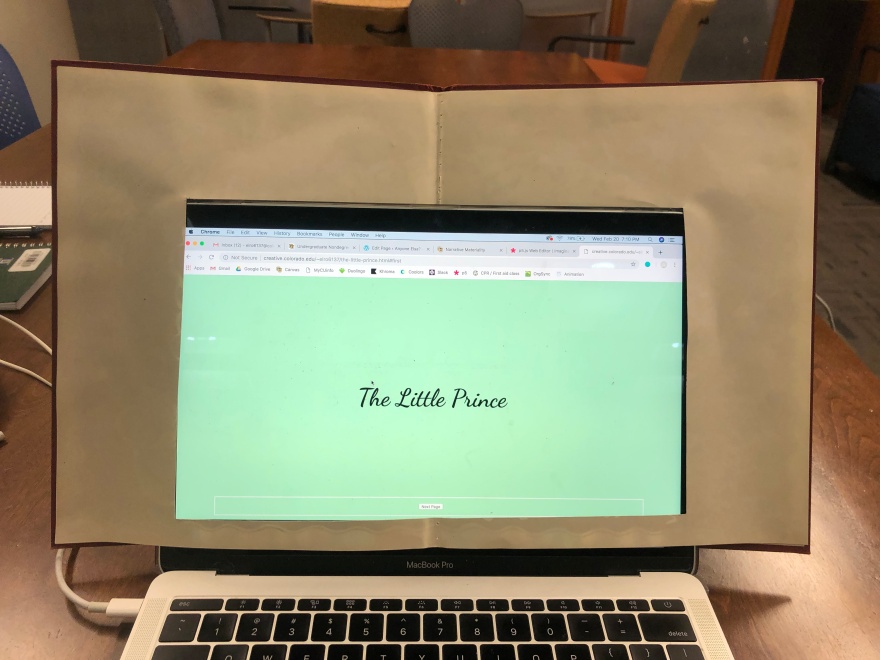
Here is a link to the final website.
Here is my printed artist’s statement that I brought to critique day.
Works Cited
During this project I did some research to improve my abilities to articulate the themes of The Little Prince, especially in a modern context.